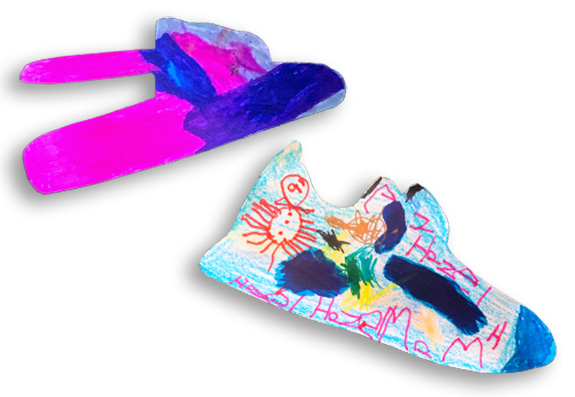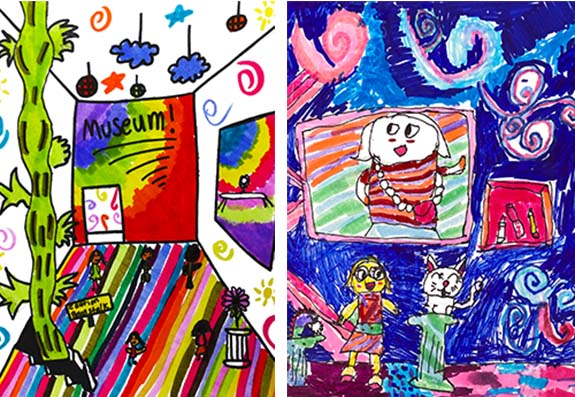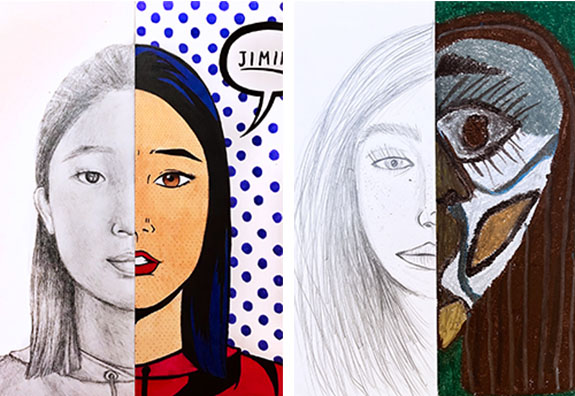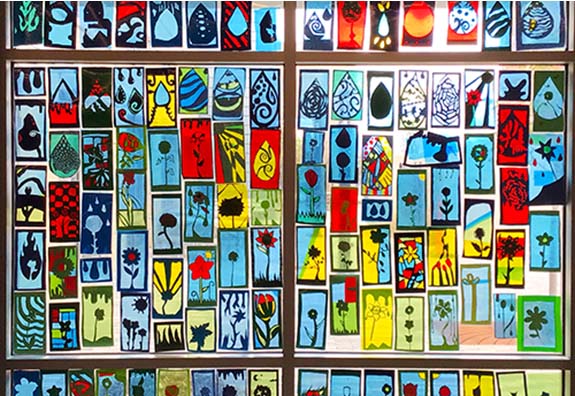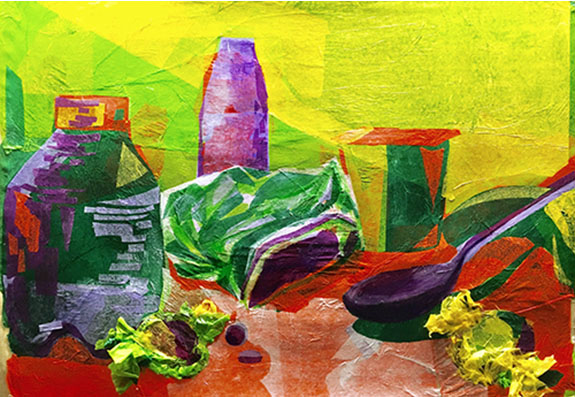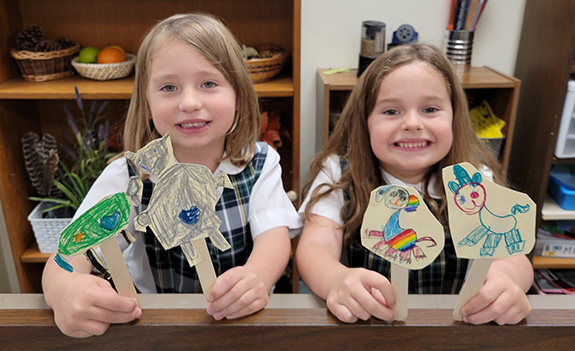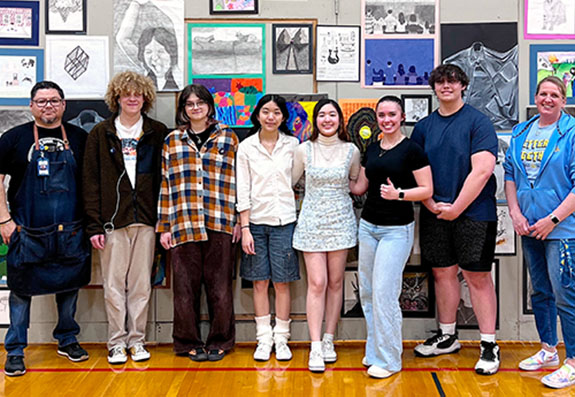
Editor’s Letter: Beginnings
As we approach another school year, shifting our mindset sets the stage for welcoming students with excitement, energy, and teaching what we love—art education. We reconnect with colleagues to reignite that school spirit. We enter the art room with wonderful ideas and summer art experiences to inspire, guide, and empower students through art.
Read Article

